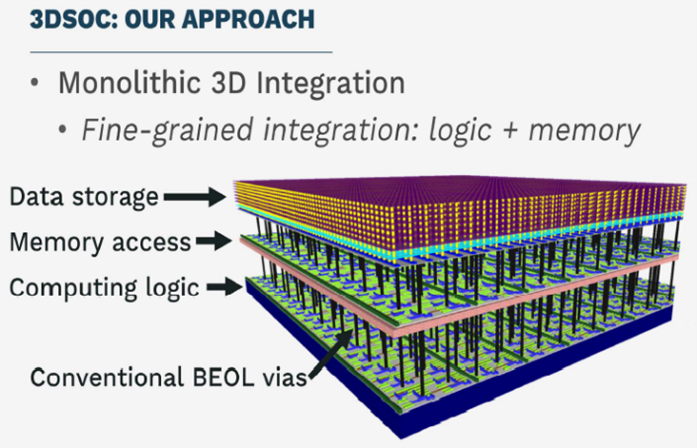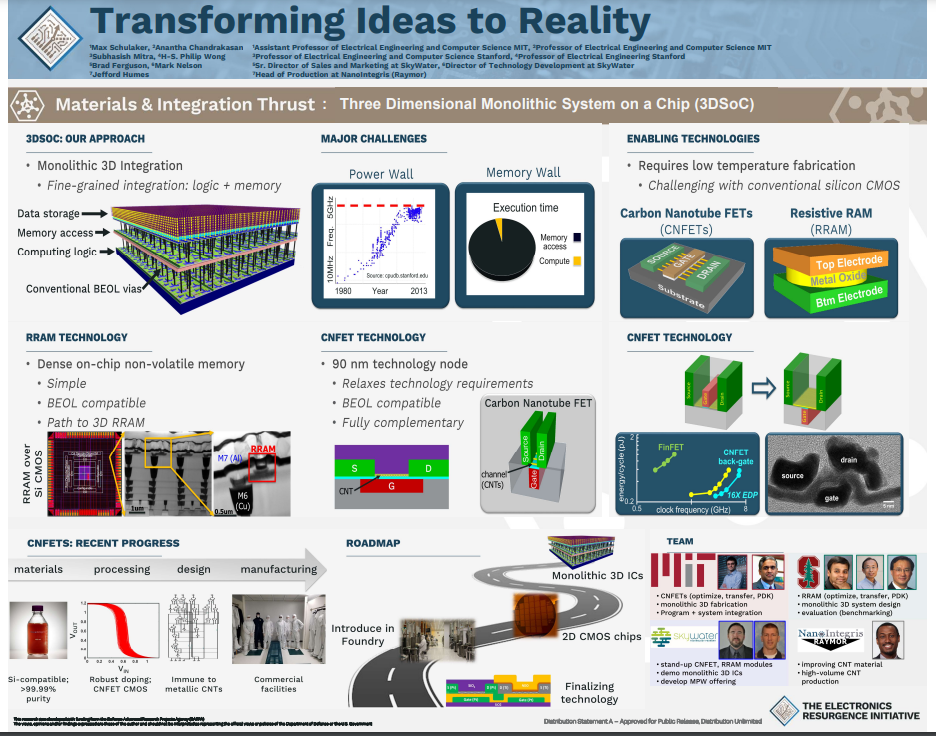Thinking out of the box : Unlocking new disruptive technologies in the computing industry by harnessing the synergy between Brilliant Matters’ organic semiconductors and Raymor Nanointegris’ carbon nanotubes
#NewproductOur world is highly reliant on electronics. With the abundance of data which exists, we have the ability to link all of this data together as we connect all of our devices to the Internet of Things (IOT). Industries from healthcare and science to finance and security, and so many more, need access to reliable electronics. Yet, all of these industries are facing the same problem: the need to improve computing power and memory.
Raymor Nanointegris is an important part of the solution to this problem. Using Brilliant Matters’ semiconducting polymers, Raymor provides a high-purity semi-conducting ink made from their carbon nanotubes (CNT). Because this printable semiconductor composite can be used to fabricate CMOS at low temperatures, they are able to be used in the novel technology 3D systems on a chip (3DSoC). This technology can be used to overcome many of the current challenges in CPU performance.
To demonstrate that 3DSoC is much more than a mere concept, a collaborative DARPA project involving Raymor, Skywater Technology Inc, Stanford and MIT is well on its way to transform this concept into commercial products.
Brilliant Matters began working with Raymor in 2017 on this project, and it has since become a successful partnership for both companies. To better understand the significance of this solution, it is important to understand what is currently going on in the world of computing, and the roadblocks the industry is facing. Two of the main challenges that computer chip progress is facing today are the Power Wall and the Memory Wall.
The Power Wall refers to the problems in energy efficiency that are occurring as we continue to make devices smaller, which limits performance improvements due to thermal and electrical constraints.
The Memory Wall refers to the problem that the processing system currently has processing memory, due to the abundance of data which now exists. This causes the system to spend more time moving data around rather that processing memory, causing both a loss in time and in energy.
New innovations are required to solve these issues. This is where the 3DSoC technology comes in. It solves both issues by stacking these layers of computing power and memory on top of each other, truly integrating them together as seen in the image below. This chip architecture at 90 nm can yield up to 50x improvement in performance benefits at power vs a 7nm architecture and dramatically improves interconnect density and bandwidth.

The CNT technology from Raymor is an essential component to this technology. Without this coated CNT, the chip would not be able sustain the temperature needed for it to properly function in this type of 3D stacked structure. The CNT replaces the silicon component in the chip, providing over 10x the energy efficiency in CMOS devices vs silicon. A key to obtaining their pure semiconducting nanotubes is Brilliant Matters’ polymer, which separates the desired nanotubes from metallic, conductive ones. The image below outlines the technology in more detail.

This has become a disruptive technology in the world of computing as it solves the two main challenges in the industry today. This also demonstrates the wide variety of possible applications for organic semiconductors. The partnership between Brilliant Matters and Raymor has created a successful product which will have a large impact in an industry in need of new innovations.




